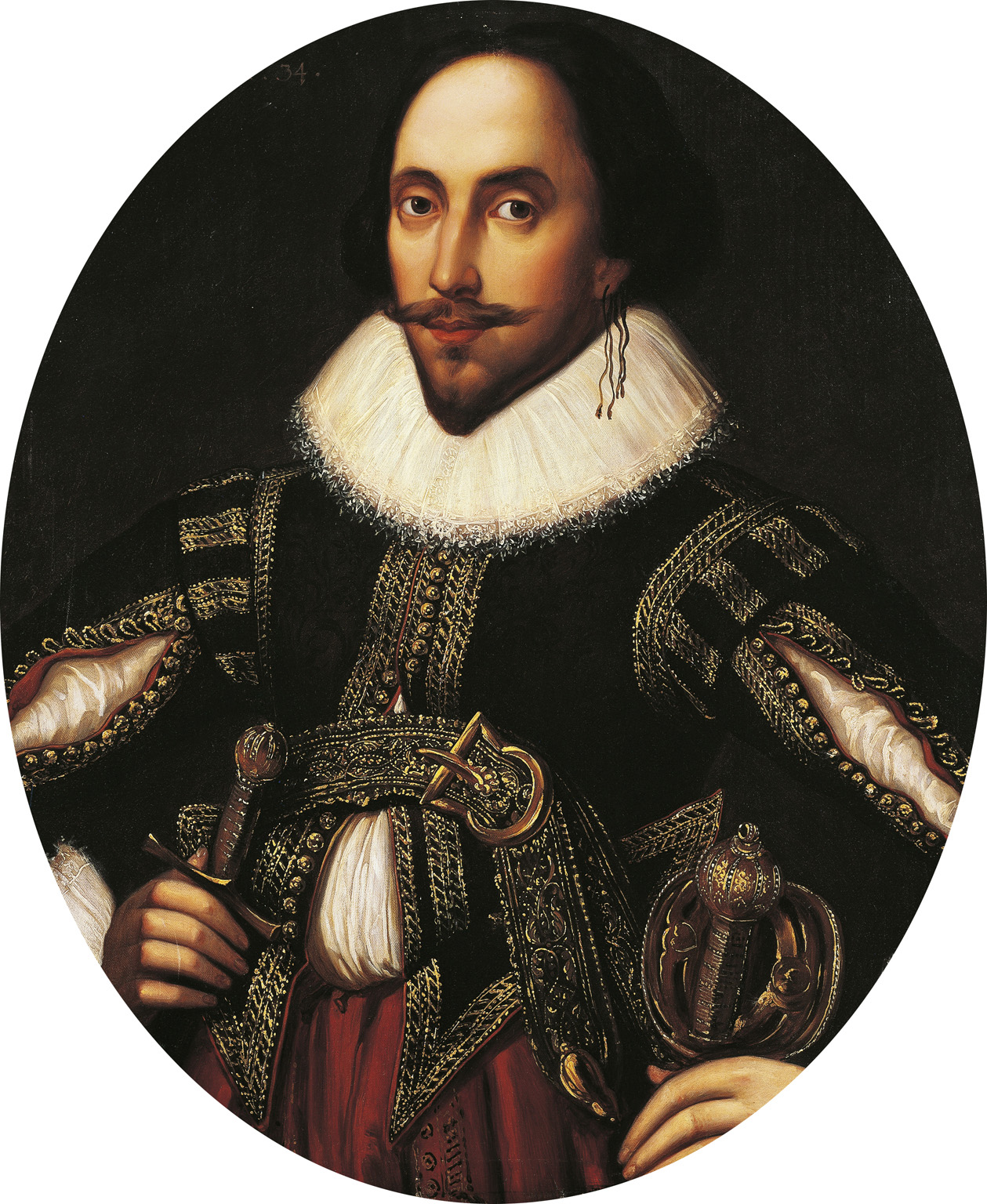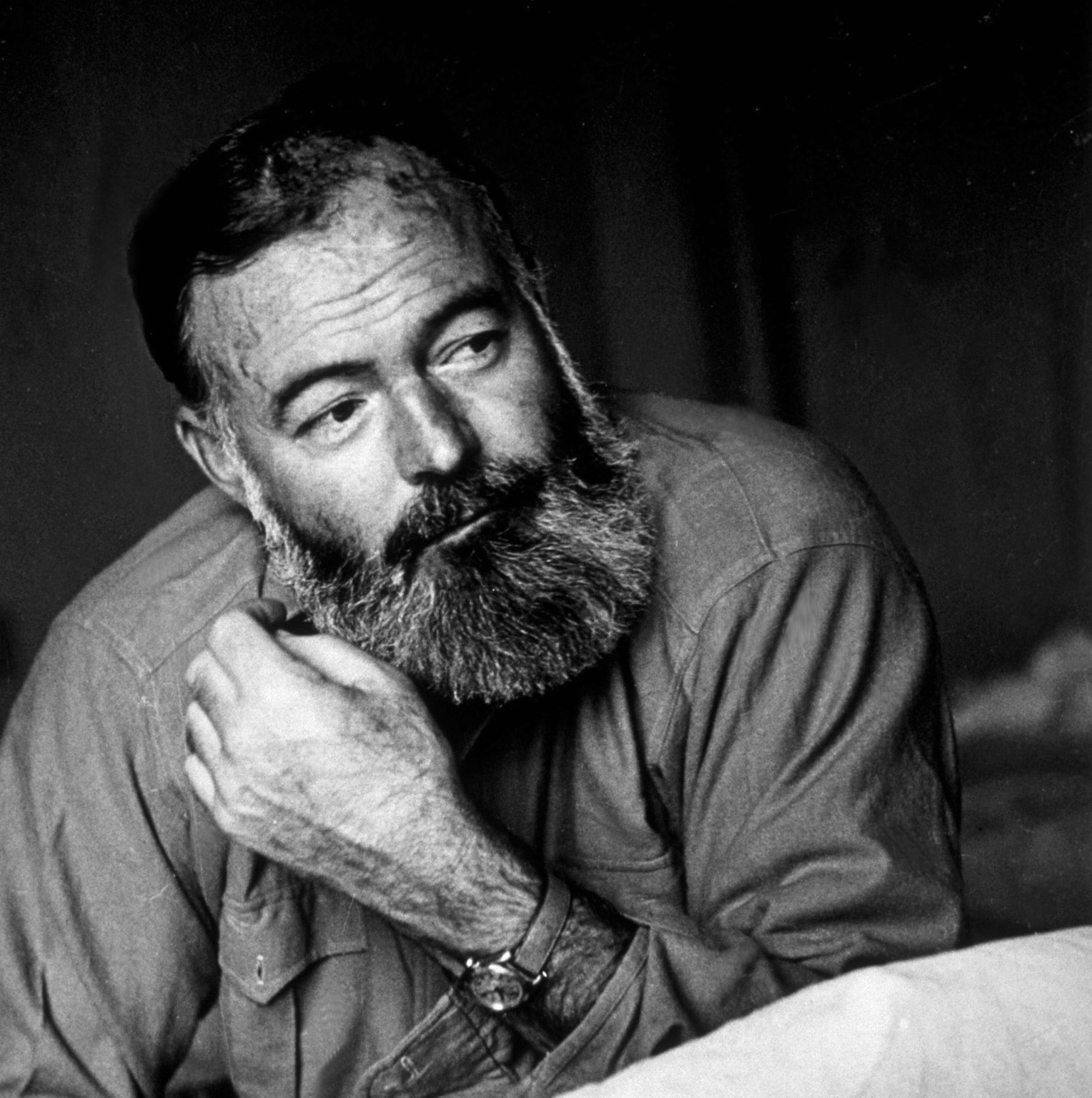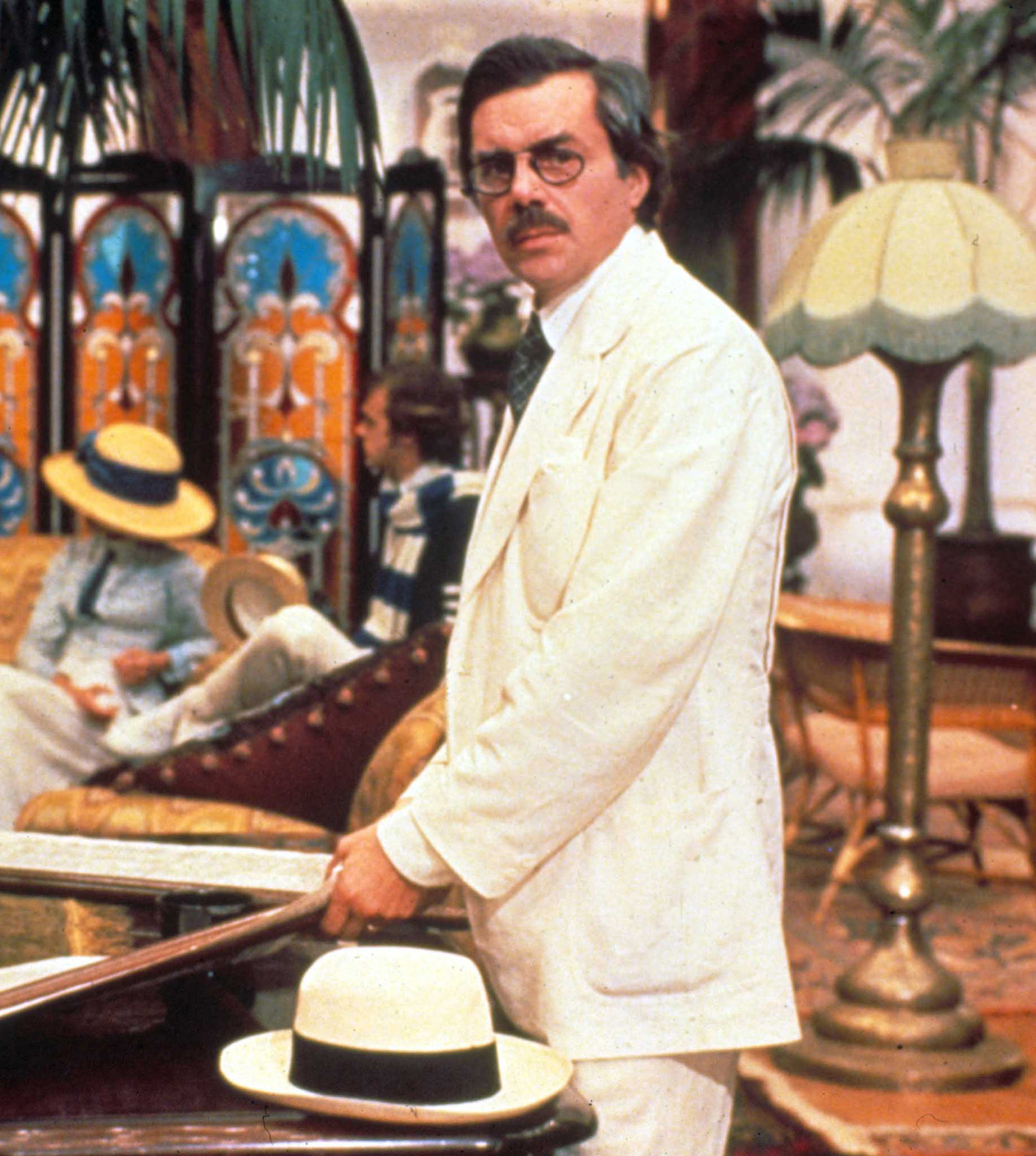WRITERS AND VENICE
1. Carlo Goldoni
“Italy’s Molière” (1707–93) is celebrated at the Venetian theatre named in his honour (see Teatro Goldoni). Performances of his lively, witty comedies are staged in Venetian dialect and peopled with recognizable local characters. The prolific playwright moved to Paris and was rewarded with a royal pension, but he died destitute due to the French Revolution.

Teatro Comunale Carlo Goldoni
2. Thomas Mann
The sombre 1912 novel Death in Venice was both written and set in Venice and the Lido resort by the German Nobel Prize-winner (1875–1955). It tells the story of an ageing writer in dire need of relaxation who visits the city, but in the wake of an impossible infatuation slowly succumbs to the spreading cholera epidemic and dies.
3. William Shakespeare
Although he never visited Italy, let alone Venice, the English Bard (1564–1616) used accounts by contemporary travellers for the plots of The Merchant of Venice and Othello, portraying a city buzzing with trade and intrigue. Romeo and Juliet is set in nearby Verona.

William Shakespeare
4. Thomas Coryate
The very first English-language traveller to write a detailed description of Venice, this eccentric gentleman from Somerset, England (1577–1617) compiled Crudities, with Observations of Venice (1611): “Such is the rarenesse of the situation of Venice, that it doth even amaze and drive into admiration all strangers that upon their first arrival behold the same.”
5. Johann Wolfgang von Goethe
The story goes that this German literary giant (1749–1832) had his first ever view of the sea from Venice’s Campanile. His first visit to the city and Italy was an experience of personal renewal. The account, published as Italian Journey (1786–8), is considered an early classic of travel literature.

Johann Wolfgang von Goethe
6. Lord Byron
Eccentricities such as a menagerie of foxes and monkeys, not to mention swimming feats in the Grand Canal, made the English Romantic poet (1788–1824) something of a legend during his three-year sojourn here. His Venice-inspired work included The Two Foscari and the fourth canto of his autobiographical work Childe Harold’s Pilgrimage.
7. John Ruskin
The meticulous, if opinionated, labour of love of this British art critic (1819–1900), The Stones of Venice, was the first work to focus the attention of visitors on the city’s unique architectural heritage and Gothic style, as opposed to the art. The book was largely the outcome of an 1849 visit to the city.
8. Henry James
The leitmotif of this US novelist (1843–1916) was the contrast between what he saw as the spontaneity of the New World and the staidness of Europe. Between 1872 and 1909 he compiled Italian Hours, a “travel diary”, with plenty of comments on Venice.
9. Ernest Hemingway
This US Nobel Prize-winner (1899–1961) experienced Italy as a volunteer ambulance driver in World War I (recounted in A Farewell to Arms) and was wounded near Treviso. Across the River and into the Trees is set in Harry’s Bar.

Ernest Hemingway
10. Charles Dickens
The great English novelist (1812–70) spent a brief period in Venice during a tour of Italy, and the city inspired a dream sequence in his work Pictures from Italy (1846).

Illustration from “An Italian Dream” in Dickens’s Pictures from Italy
TOP 10 BACKGROUND READS
1. Death in Venice, Thomas Mann
A portrayal of desire and decadence amid the fog.

Death in Venice film adaptation
2. Venice, Jan Morris
An expert account of the delights of the city and its maritime history.
3. Venice, an Anthology Guide, Milton Grundy
A guide around town, seen through the eyes of famous writers.
4. Ruskin’s Venice, editor Arnold Whittick
A very readable version of Ruskin’s landmark work.
5. Stone Virgin, Barry Unsworth
A mystery involving the 15th-century statue of a famous courtesan.
6. Casanova, or the Art of Happiness, Lydia Flem
An inspired biography of the famous seducer (see Giacomo Casanova).
7. Dead Lagoon, Michael Dibdin
Detective Aurelio Zen navigates Venice’s murky waters fraught with unease and intrigue.
8. The Architecture of Venice, Deborah Howard
An unbeatable architectural classic.
9. Venice: A Maritime Republic, Frederic C. Lane
A comprehensive history of the city’s maritime prowess.
10. Acqua Alta, Donna Leon
From the best-selling mystery series featuring detective Guido Brunetti.
